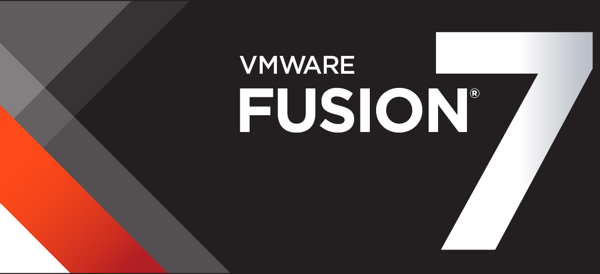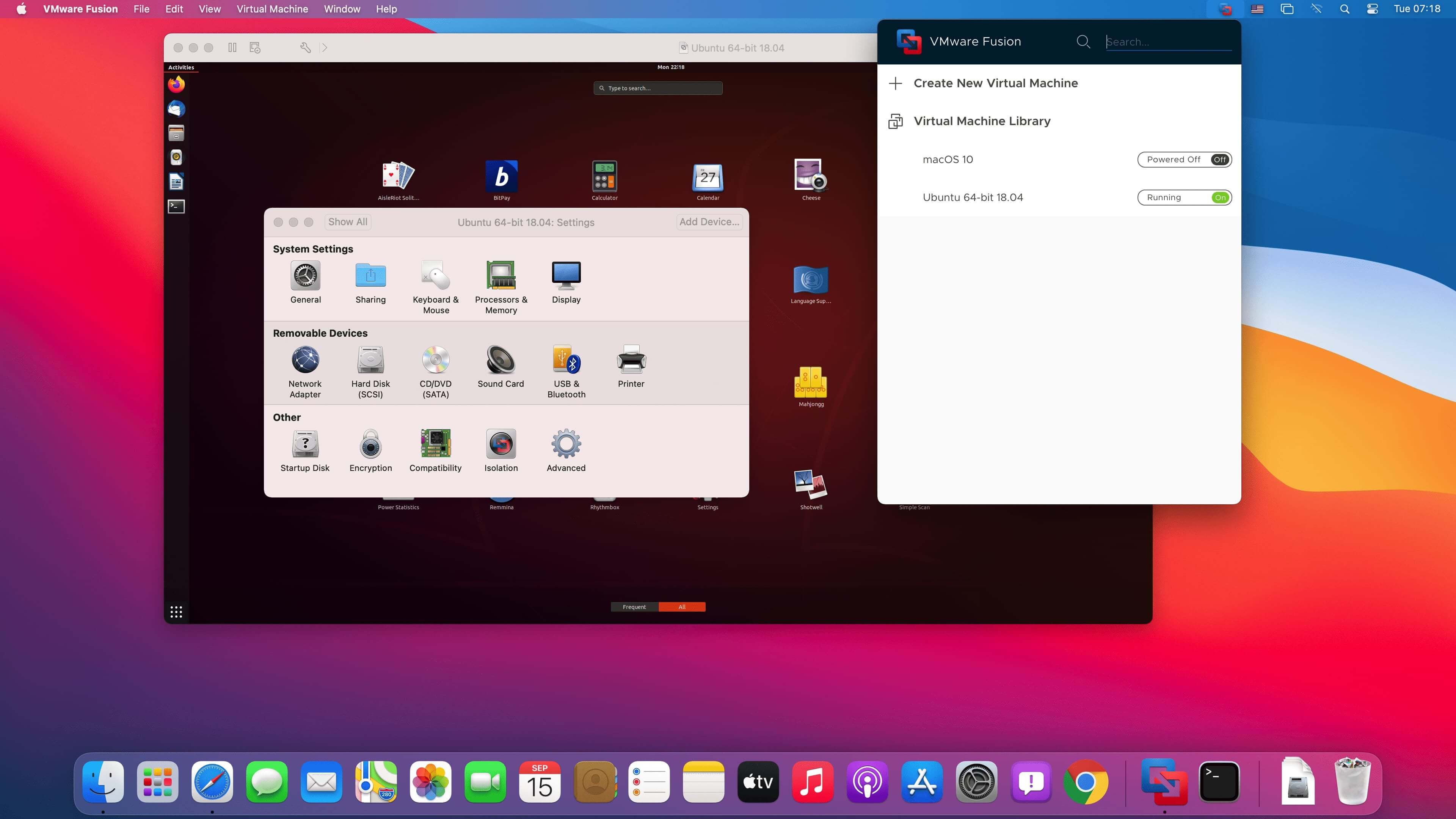

- #Windows 11 vmware fusion how to#
- #Windows 11 vmware fusion install#
- #Windows 11 vmware fusion drivers#
- #Windows 11 vmware fusion windows 10#
- #Windows 11 vmware fusion pro#
#Windows 11 vmware fusion install#
750 MB of free disk space to install VMware Fusion and additional disk space to store virtual machine files.
#Windows 11 vmware fusion windows 10#
Windows 10 running as a guest OS requires at least 4 GB of RAM. Keep in mind that you need more RAM to run VMware guest operating systems. 4 GB of memory, but we recommend at least 8 GB of memory to install VMware Fusion on macOS.Processor (CPU) architecture must be Intel x86-64.
#Windows 11 vmware fusion pro#
#Windows 11 vmware fusion how to#
This blog post explains how to install Windows 10 as a guest OS on a macOS virtual machine using VMware Fusion and combine the advantages of both Windows and macOS operating systems. There are three common methods to run Windows on a Mac computer: use Parallels Desktop, install Windows on the Boot Camp partition, or install Windows on a VirtualBox VM or VMware Fusion VM. However, it is possible to do so if Windows is installed on the Mac computer. This replaces the need to do full-VM encryption.Mac owners often need to run their favorite Windows applications that are not supported on macOS. vmx file and open it in TextEdit and add the line above to end of the file and save it. Go the Virtual Machine folder on your MacBook and rightclick the VM, select 'Show Package Contents' vmx config file and restart Fusion: toAddVTPM="software" To use this experimental device, just add the following to the Windows 11. VMware is also shipping a currently-experimental vTPM device that boasts a reduced performance impact by employing a new encryption model, as well as several new options for managing Fusion and Workstation installations at scale. NOTE: There is another, experimental way to achieve the same goal and potentially with better performance. Once installation is complete, reboot your VM for the changes to take effect.Īfter the reboot, the installation of Ubuntu (the default distribution used by WSL) continuesĮt voilà! MacOS running VMware Fusion running Windows 11 running Hyper-v running Ubuntu Linux In Windows Terminal (you are in the Windows Powershell shell by default) type To install WSL, right click the start button and select 'Windows Terminal (Admin)' After the wizard finishes you need to restart the VM.Īfter the reboot you can enjoy a more appropriate resolution. Click on 'Virtual Machine' -> 'Install VMware Tools'ĭoubleclick 'setup64' to install VMware Tools and run through the installation wizard.
#Windows 11 vmware fusion drivers#
Once you are done with setup you can install VMware Tools to add to relevant drivers to Windows 11. If you are happy with your settings go ahead and boot the VM and follow the Windows installation steps. Now you can change the amount of virtual CPU and Memory that is allocated to the VM, you can also opt to enable hypervisor applications in the VM if you want to make use of WSL 2 (Windows Subsystem for Linux), which uses Hyper-V to run a Linux distribution on Windows 11. You do this by selecting 'Advanced'Ĭlick the 'Disable Side Channel Mitigations' checkbox Optionally you can disable side channel mitigations to improve the performance (but obviously lower its security posture) of the VM. Select 'Trusted Platform Module' and click 'Add.'Īcknowledge the information pane and click on 'Show All' You can do this by going back to all settings and clicking ' Add Device.' on the top right Next we need to add a Trusted Platform Module as that is a prerequisite for Windows 11. Next click on 'Encryption' and enter a password of your choice Instead of selecting Finish, go ahead and click Customize Settings if you want to change the name of the VM or the location of the files, if not, click Finish. Select UEFI and optionally UEFI Secure Boot Next we run Fusion and create a new VM using the "install from disc or image" option.


Follow the steps below to avoid the dreaded "this machine is not compatible with Windows 11" message because a (v)TPM is missing by default.įirst step is to acquire an ISO image which you can find here: I needed a Windows 11 VM to do some testing and since I currently don't have any Windows hardware anymore I decided to use VMware Fusion on my (intel) mac instead.


 0 kommentar(er)
0 kommentar(er)
